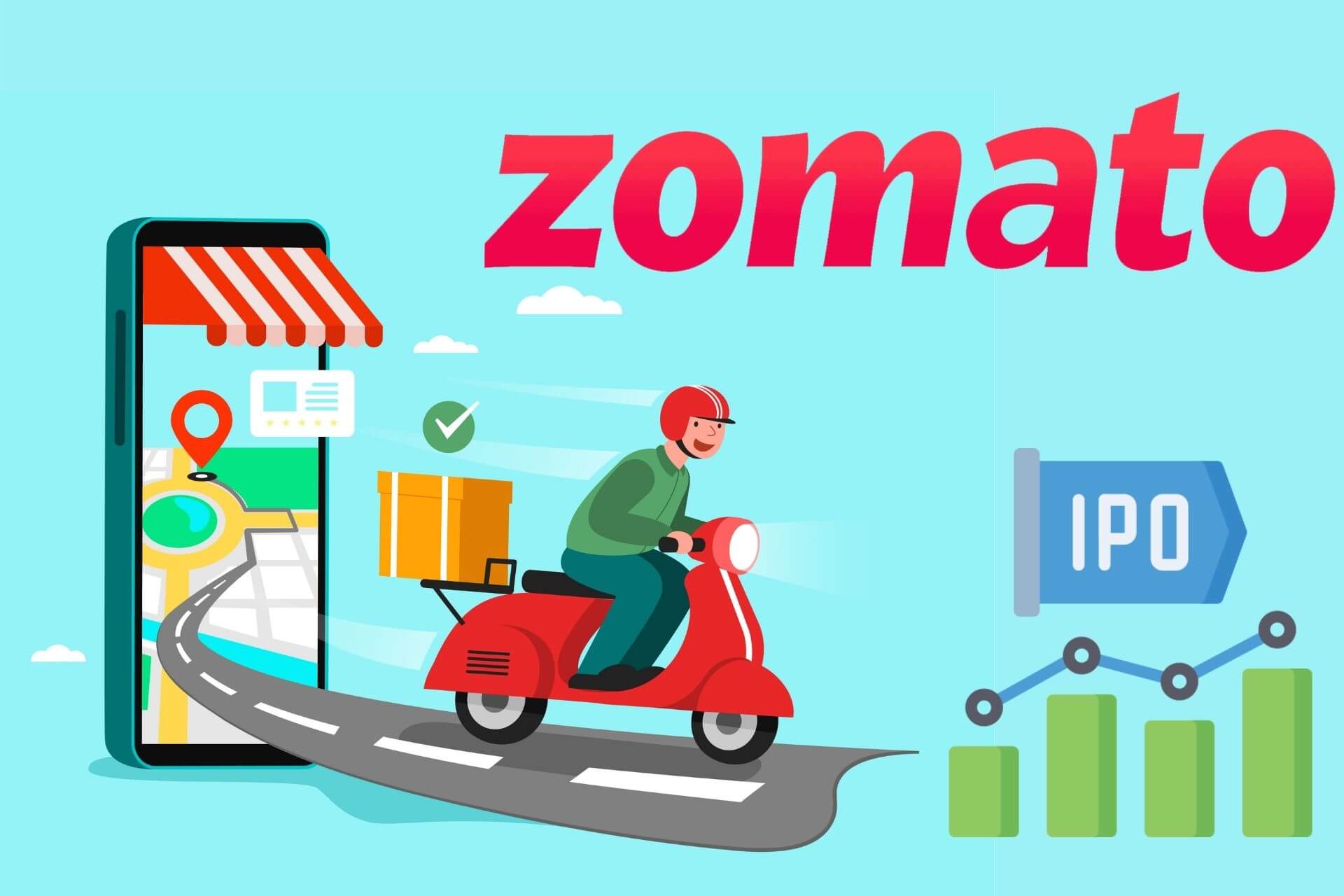AsiaTechDaily – Asia's Leading Tech and Startup Media Platform

One Of India’s Biggest Tech IPO’s – Zomato – Decoding The Hype And Everything Else!
Zomato, a popular online food delivery platform in India has gone live with its IPO(Initial Public Offering) on July 14th at 10 AM IST. The company’s ambitious valuation goals of ₹60000 crores ($8 billion) have sparked discussions on this IPO, with many considering the company to be overvalued at this stage.
IPO Goals
The company aims to raise about ₹9350 crores($1.3 Billion), trading at ₹72-76($0.96-$1) per share. There are mixed opinions regarding this pricing, with a lot of the experts considering this to be an overvaluation. However, as it is with any financial decision, there are many facets to this particular valuation as well as to the speculation of whether this will be possible or not. The IPO will remain open for three days, until July 16th.
Zomato- About The Industry
The online food delivery industry in India is currently a duopoly, between Swiggy and Zomato. The former is the industry leader according to market studies, but the competition is strict. This duopoly does not seem to be affected by third parties, which plays to the favour of both companies. As a result, the industry growth in the long term is expected to benefit them both. This favours the high valuation of Zomato, as it will help them grow in the long term.
The Valuation
There are many parameters with which analysts determine whether a stock is overvalued or not. Price to earnings (P/E), price to book value (P/BV or P/B), price to sales (P/S) and enterprise value-to-sales (EV/sales) are parameters used to evaluate this, out of which, most of them point to an overvaluation.
In FY21, only the P/BV value of Zomato at 3.5 seems reasonable, when compared to the average of its global peers at 10.6. All the other values are above the global average, pointing to an overvaluation of the shares.
The Margins
A significant issue with the valuation is the status of Zomato as a loss-making company in net profit as well as the EBITDA level. However, the firm is still relatively budding, and the industry still suffers from a low penetration, concentrating more of its business in urban areas densely populated city centres.
The online food delivery sector tends to gain more revenue without significant added cost as they penetrate the market. With more deliveries made in the area and more volume of orders, the trips can be made more efficient and less costly. The company can generate more profit by achieving a high business size, reducing its cost per delivery service. A large amount of capital generated will help them increase their business size and turn a profit, justifying the valuation in the long run.
COVID-19 Effect
Covid-19 has drastically altered the market for online services, including restaurants. The lockdown supplemented the demand for food delivery services, and this has not only helped generate more business but also helped in penetration to less urban markets as well as tie-ups with more restaurants. As Zomato generates more business, they can perform better with more efficient trips, turning profits. However, all this is contingent on how well they can penetrate and grow in the long term.
A concerning factor in regards to their growth is the rising costs of doing business. Inflation and the inability to get more restaurant partners can lead to high costs, resulting in losses even when business grows on the consumer end of the chain.
The Faith of Investors
The intangible with an IPO is how much the company has generated previously from its backers. With Zomato, the investors have been very confident in their support. The company has giants like Tiger Global and Steadview Capital supporting it and has generated $2.1 billion of funding pre-IPO. This shows the faith of investors in the firm, even when they are generating losses.
Conclusion
The online food delivery sector has a very complex model that takes long periods to start generating a profit and turn into a lucrative and profitable business. It depends on market penetration, business volume, clients on both ends and competition. The present consensus points to an overvaluation. However, there are indicators of success for the company in the long term, making this an opportunity hard to pass up for a lot of investors.
Please Note – We will have another post next week on this topic to understand subscriptions, allotments, listing gains, and the future roadmap.





